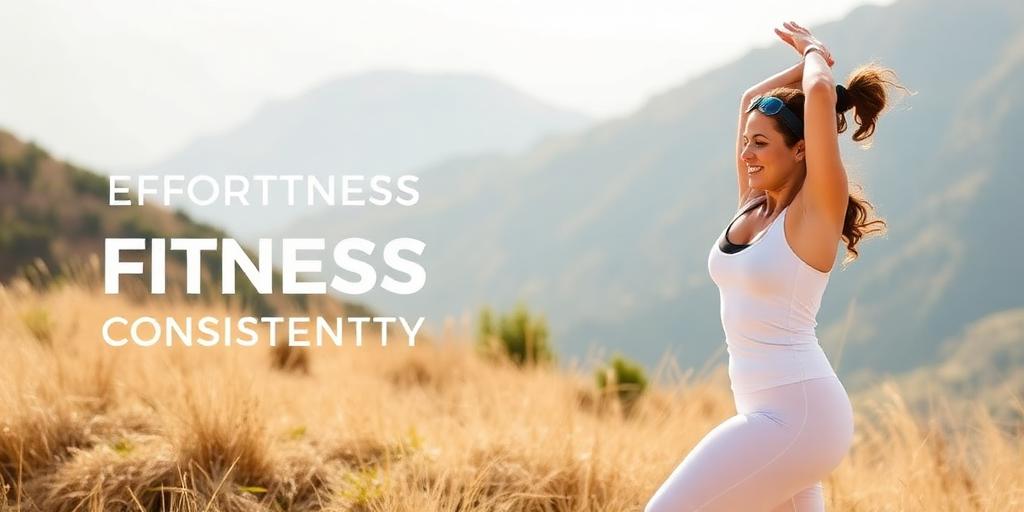Embarking on a full gym workout program can be a game-changer for your fitness journey. Structuring your sessions effectively ensures you target all muscle groups, optimize your time, and achieve your desired results. This guide provides a comprehensive overview of how to build and organize your full gym workouts.
Understanding the Basics of Full Gym Workout Programs
A full gym workout program involves working all major muscle groups in a single session or across multiple sessions throughout the week. These programs are designed to build overall strength, muscle mass, and endurance.
Key Muscle Groups to Target:
- Chest: Pectorals
- Back: Latissimus Dorsi, Trapezius, Rhomboids
- Shoulders: Deltoids
- Arms: Biceps, Triceps, Forearms
- Legs: Quadriceps, Hamstrings, Calves
- Core: Abdominals, Obliques, Lower Back
Structuring Your Workout Sessions
There are several ways to structure your full gym workout sessions, depending on your goals, experience level, and time commitment. Here are a few common approaches:
1. Total Body Workout
In a total body workout, you train all major muscle groups in each session. This approach is excellent for beginners and those who prefer shorter, more frequent workouts.
Example Routine:
- Squats: 3 sets of 8-12 reps
- Bench Press: 3 sets of 8-12 reps
- Rows: 3 sets of 8-12 reps
- Overhead Press: 3 sets of 8-12 reps
- Deadlifts: 1 set of 5 reps
- Plank: 3 sets, holding for 30-60 seconds
2. Upper/Lower Split
An upper/lower split divides your workouts into upper body and lower body days. This allows for more focused training on specific muscle groups and can be more effective for intermediate lifters.
Example Routine:
Day 1: Upper Body
- Bench Press: 3 sets of 8-12 reps
- Rows: 3 sets of 8-12 reps
- Overhead Press: 3 sets of 8-12 reps
- Pull-ups: 3 sets to failure
- Bicep Curls: 3 sets of 10-15 reps
- Triceps Extensions: 3 sets of 10-15 reps
Day 2: Lower Body
- Squats: 3 sets of 8-12 reps
- Deadlifts: 1 set of 5 reps
- Lunges: 3 sets of 10-15 reps per leg
- Hamstring Curls: 3 sets of 10-15 reps
- Calf Raises: 3 sets of 15-20 reps
3. Push/Pull/Legs Split
This split divides your workouts into push exercises (chest, shoulders, triceps), pull exercises (back, biceps), and legs. It allows for a high volume of training for each muscle group and is suitable for advanced lifters.
Example Routine:
Day 1: Push
- Bench Press: 3 sets of 8-12 reps
- Incline Dumbbell Press: 3 sets of 8-12 reps
- Overhead Press: 3 sets of 8-12 reps
- Lateral Raises: 3 sets of 10-15 reps
- Triceps Pushdowns: 3 sets of 10-15 reps
Day 2: Pull
- Pull-ups: 3 sets to failure
- Barbell Rows: 3 sets of 8-12 reps
- Face Pulls: 3 sets of 15-20 reps
- Bicep Curls: 3 sets of 10-15 reps
- Hammer Curls: 3 sets of 10-15 reps
Day 3: Legs
- Squats: 3 sets of 8-12 reps
- Romanian Deadlifts: 3 sets of 8-12 reps
- Leg Press: 3 sets of 10-15 reps
- Leg Extensions: 3 sets of 10-15 reps
- Calf Raises: 3 sets of 15-20 reps
Exercise Selection
Choosing the right exercises is crucial for a well-rounded workout program. Focus on compound exercises that work multiple muscle groups simultaneously. Here are some of the most effective exercises for each muscle group:
- Chest: Bench Press, Incline Press, Dumbbell Flyes
- Back: Pull-ups, Rows, Deadlifts
- Shoulders: Overhead Press, Lateral Raises, Front Raises
- Arms: Bicep Curls, Triceps Extensions, Hammer Curls
- Legs: Squats, Deadlifts, Lunges, Leg Press
- Core: Planks, Crunches, Russian Twists
Progression and Periodization
To continually improve, you need to progressively overload your muscles. This means gradually increasing the weight, reps, or sets over time. Periodization involves cycling through different training phases to optimize results and prevent plateaus.
Methods for Progression:
- Increase Weight: Gradually add weight to your exercises as you get stronger.
- Increase Reps: Increase the number of reps you perform with a given weight.
- Increase Sets: Add more sets to your workout.
- Decrease Rest Time: Reduce the amount of rest between sets.
- Change Exercises: Introduce new exercises to challenge your muscles in different ways.
Sample Weekly Schedule
Here’s an example of how you might structure your weekly workout schedule using different split routines:
- Total Body: Monday, Wednesday, Friday
- Upper/Lower: Monday, Tuesday, Thursday, Friday
- Push/Pull/Legs: Monday, Tuesday, Wednesday, Thursday, Friday, Saturday (with rest days strategically placed)
The Importance of Rest and Recovery
Rest and recovery are just as important as the workouts themselves. Your muscles need time to repair and rebuild after intense exercise. Aim for at least 7-9 hours of sleep per night and incorporate rest days into your schedule.
Tips for Recovery:
- Adequate Sleep: Prioritize getting enough sleep each night.
- Proper Nutrition: Eat a balanced diet with plenty of protein, carbs, and healthy fats.
- Hydration: Drink plenty of water throughout the day.
- Active Recovery: Engage in light activities like walking or stretching on your rest days.
Conclusion
Structuring your full gym workout programs effectively can lead to significant improvements in strength, muscle mass, and overall fitness. By understanding the different types of workout splits, selecting the right exercises, and prioritizing progression and recovery, you can create a program that meets your individual goals and helps you achieve lasting results. Remember to listen to your body, stay consistent, and enjoy the process!









